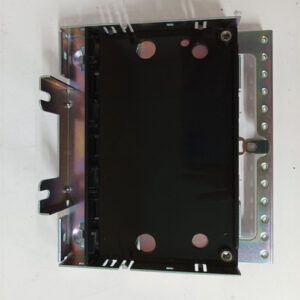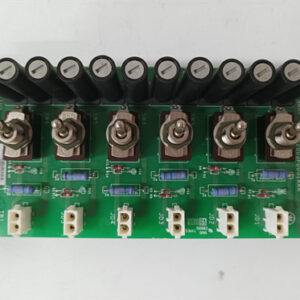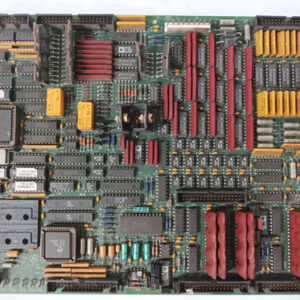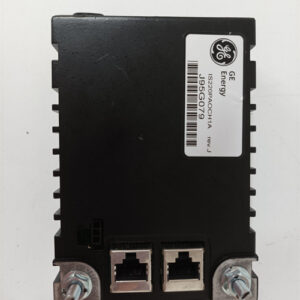الوصف
The GE IS230SCISH2A is a safety-rated, discrete input module for the GE Mark VIe control system. This assembly is specifically designed to read binary or on/off signals from field devices in critical applications. As a SIL-certified component, it ensures a high level of functional safety and reliability, and it’s configured in a simplex architecture.
Key Features and Functionality
- Discrete Contact Inputs: This module’s primary function is to process discrete inputs, which are digital signals representing a two-state condition (e.g., open/closed switch, on/off relay). It acts as a reliable interface between the physical world and the control system’s digital logic.
- Safety Integrity Level (SIL) Certification: The SIL certification is its most critical feature. It signifies that the module has been rigorously designed and tested to meet specific safety standards, with a low probability of failing in a dangerous way. This makes it a core component of Safety Instrumented Systems (SIS).
- Simplex Configuration: The term “simplex” indicates that this module operates as a single, independent unit. It is not part of a redundant pair, making it suitable for applications where the loss of a single I/O point would not cause a catastrophic failure, providing a cost-effective solution.
- Assembly: The term “Assembly” implies that the part number includes not just the I/O module but also its terminal board and possibly other components, making it a complete, ready-to-install unit for the Mark VIe system.
Applications
The IS230SCISH2A is used in any industrial process where the safe and reliable monitoring of on/off signals is critical.
- Power Generation: In turbine control systems, it monitors the status of emergency trip switches, overspeed detection circuits, and other critical safety interlocks.
- Oil and Gas: In refineries and offshore platforms, it’s used to read signals from emergency shutdown push buttons, high/low-pressure switches, and fire and gas detection systems.
- Process Safety: Across various industries, it forms the backbone of safety systems that monitor equipment status and trigger alarms or automatic shutdowns to prevent hazardous conditions.



 +86 15340683922
+86 15340683922 +86 15340683922
+86 15340683922


